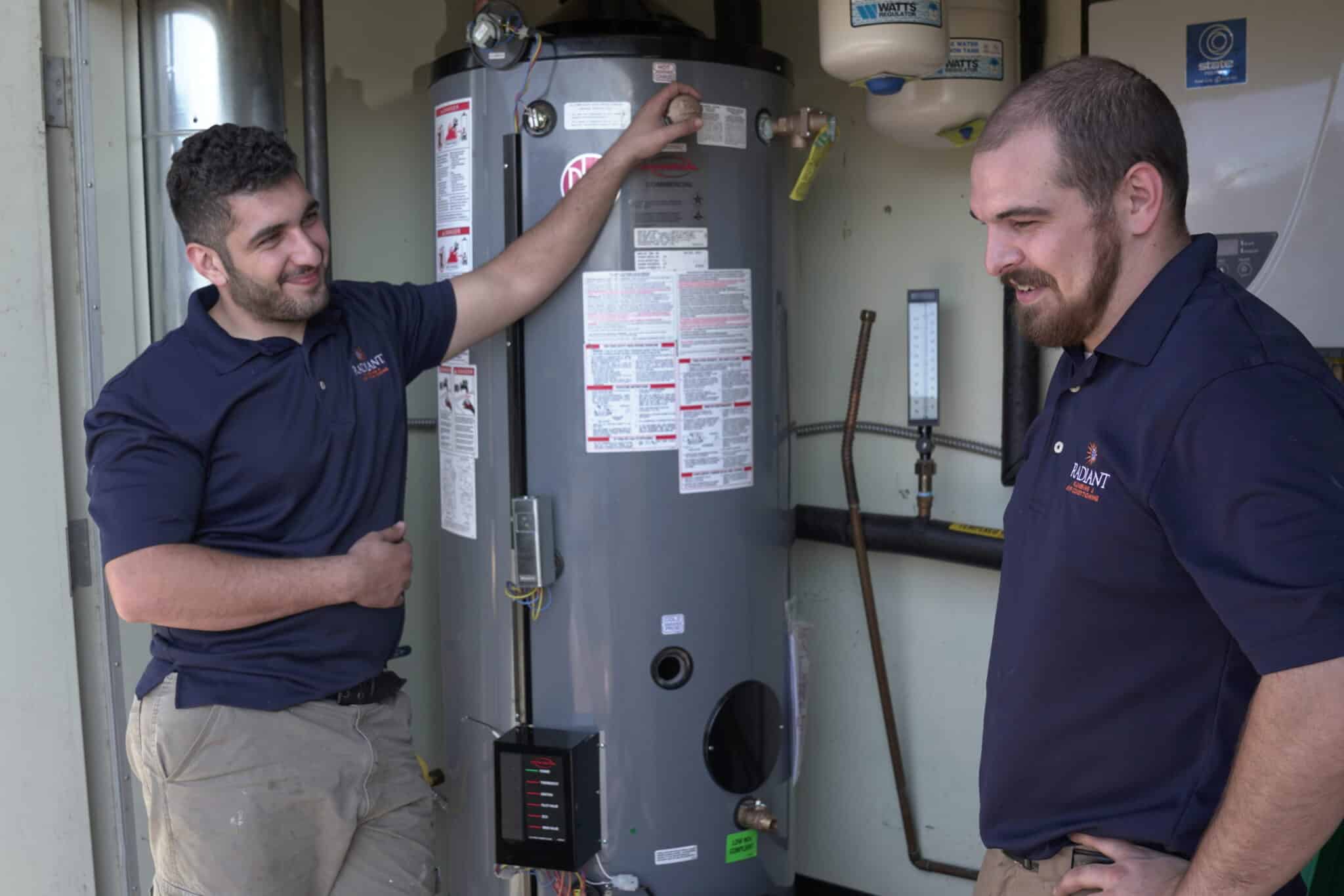Making Sure Longevity of Your Home's Hot Water System: Maintenance Advice
Making Sure Longevity of Your Home's Hot Water System: Maintenance Advice
Blog Article
Just how do you actually feel in relation to How to Maintain Your Water Heater & Prolong its Life?

Hot water is crucial for everyday convenience, whether it's for a refreshing shower or washing recipes. To ensure your hot water system runs effectively and lasts longer, routine upkeep is essential. This post gives useful ideas and insights on exactly how to keep your home's hot water system to prevent disturbances and costly repair work.
Intro
Preserving your home's warm water system might appear difficult, yet with a couple of basic actions, you can ensure it runs efficiently for years ahead. This guide covers every little thing from understanding your hot water system to DIY maintenance ideas and recognizing when to hire expert aid.
Importance of Preserving Your Hot Water System
Regular maintenance not only prolongs the life-span of your warm water system but also guarantees it runs efficiently. Overlooking maintenance can result in reduced efficiency, greater energy bills, and even early failure of the system.
Indicators Your Warm Water System Needs Upkeep
Recognizing when your hot water system needs attention can stop major problems. Look out for signs such as inconsistent water temperature, odd sounds from the heating system, or corroded water.
Purging the Hot Water Heater
Purging your hot water heater eliminates debris accumulation, enhancing effectiveness and prolonging its life.
Checking and Replacing Anode Rods
Anode rods stop deterioration inside the container. Examining and changing them when worn out is vital.
Complicated Concerns Requiring Professional Aid
Instances include significant leakages, electric issues, or if your hot water heater is consistently underperforming.
Routine Professional Upkeep Perks
Expert maintenance can include complete evaluations, tune-ups, and making certain conformity with security requirements.
Evaluating and Adjusting Temperature Settings
Adjusting the temperature level settings ensures optimum efficiency and security.
DIY Tips for Maintenance
You can do a number of upkeep jobs on your own to maintain your warm water system in leading problem.
Looking for Leaks
Frequently examine pipes and connections for leakages, as these can result in water damage and higher costs.
Comprehending Your Hot Water System
Prior to diving into upkeep tasks, it's helpful to understand the standard elements of your warm water system. Usually, this includes the hot water heater itself, pipes, anode poles, and temperature level controls.
Regular Monthly Upkeep Tasks
Routine month-to-month checks can assist catch small issues prior to they escalate.
Checking Pressure Relief Valves
Examining the pressure safety valve ensures it functions properly and protects against excessive stress buildup.
Protecting Pipelines
Insulating warm water pipes minimizes warmth loss and can save power.
When to Call a Specialist
While DIY upkeep is useful, some concerns require expert experience.
Conclusion
Routine upkeep of your home's warm water system is important for efficiency, durability, and price financial savings. By following these ideas and recognizing when to look for professional help, you can guarantee a trusted supply of hot water without unexpected interruptions.
How to Maintain an Instant Hot Water Heater
Before tinkering with your hot water heater, make sure that it’s not powered on. You also have to turn off the main circuit breaker and shut off the main gas line to prevent accidents. Also turn off the water valves connected to your unit to prevent water from flowing into and out of the appliance. 2. When you’re done, you have to detach the purge valves’ caps. These look like the letter “T†and are situated on either side of the water valves. Doing so will release any pressure that has accumulated inside the valves while at the same time avoid hot water from shooting out and burning your skin. 3. When the purge valves’ caps are removed, you have to connect your hosing lines to the valves. Your unit should have come with three hoses but if it didn’t, you can purchase these things from any hardware or home repair shops. You can also get them from retail stores that sell water heating systems. Read the user’s manual and follow it to complete this task properly. When the hosing lines are connected, open the purge port’s valves. 4. You should never use harsh chemical cleaners or solutions when cleaning your unit. Make use of white vinegar instead. It should be undiluted and you’ll probably use about 2 gallons. 5. Now flush your water heater. This task should probably take about 40 minutes. We can’t give you specific directions for this because the procedure is carried out depending on the type, model and brand of your heater. With that being said, refer to the user’s manual. 6. When you’re done draining the unit, you have to turn off the purge port valves again. Remove the hosing lines that you earlier installed on each of the water valves. Put the valve caps (purge port) back in their respective places and be very careful so as not to damage the rubber discs that are found inside these caps. 7. Now that everything’s back in place, check your user’s manual again to find out how to reactivate your water heating system. 8. Once it is working, turn one of your hot water faucets on just to let air pass through the heater’s water supply pipes. Leave the tap on until water flows smoothly out of it. https://www.orrplumbing.com/blog/2014/september/how-to-maintain-an-instant-hot-water-heater/

I'm just very serious about How to Maintain Your Water Heater & Prolong its Life and I'm hoping you enjoyed the new piece. Be sure to take the opportunity to promote this blog entry if you enjoyed reading it. Thanks a bunch for being here. Don't hesitate to check up our website back soon.
This Website Report this page